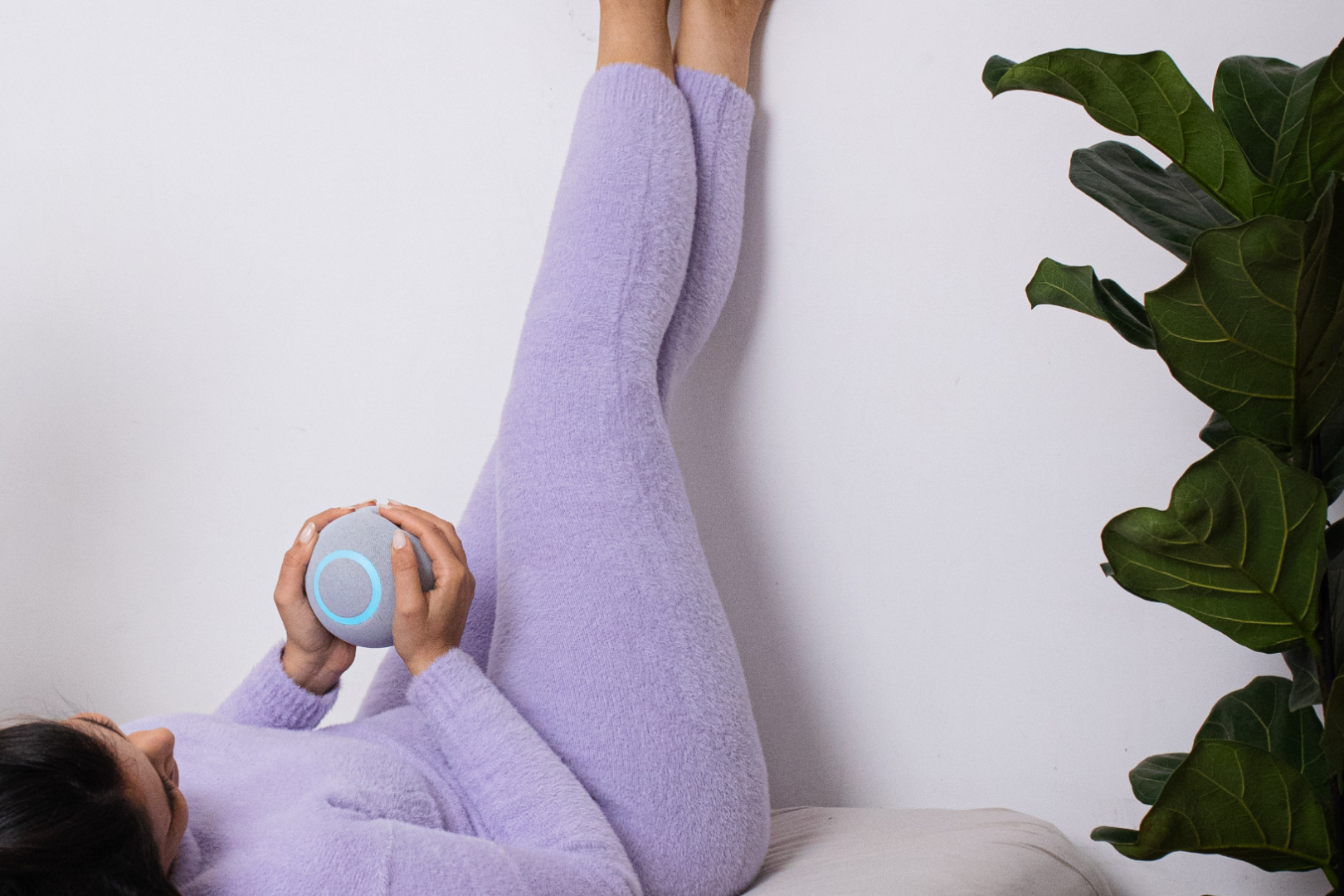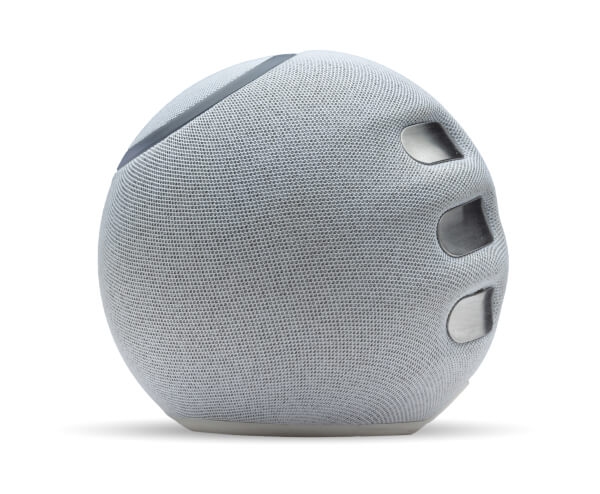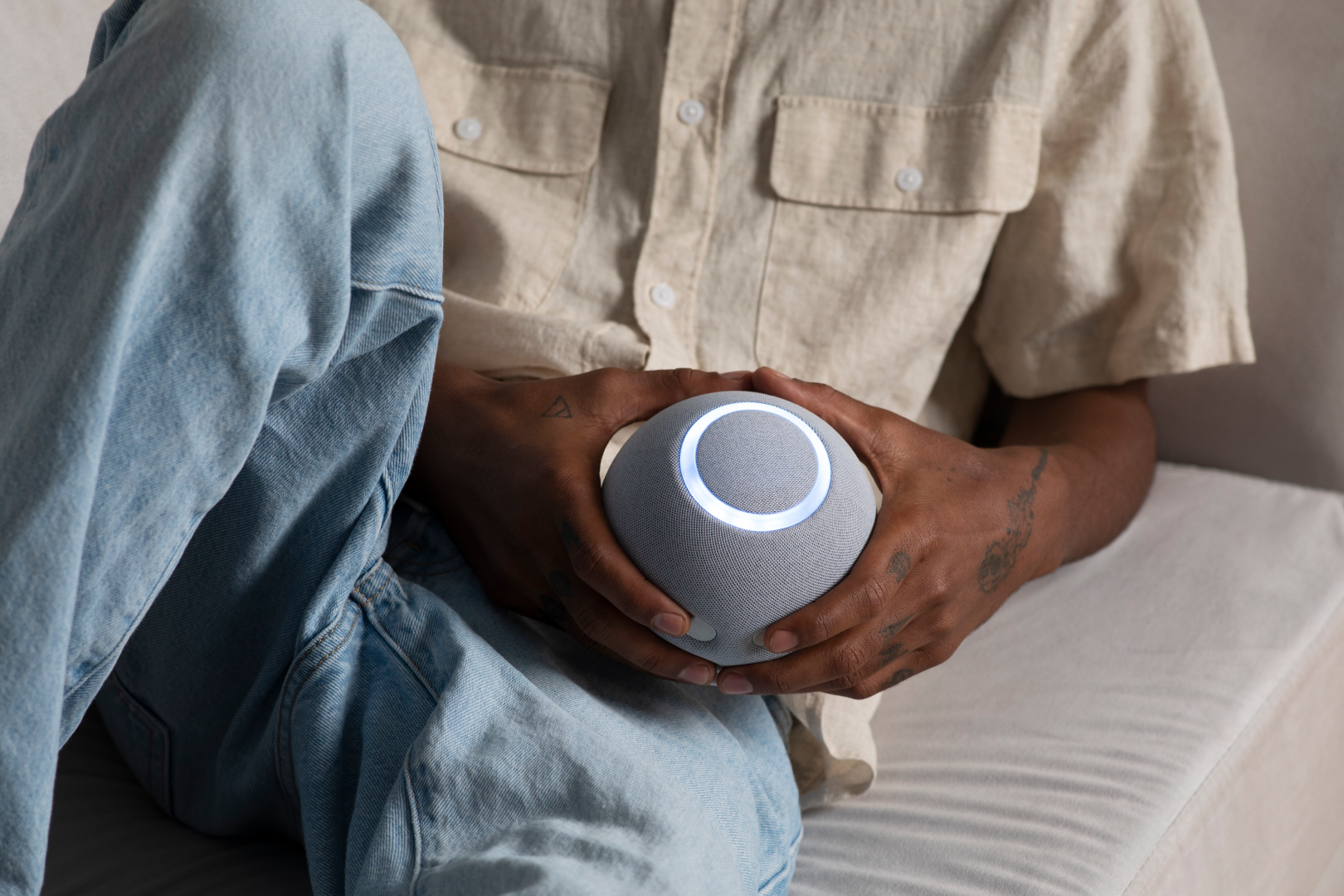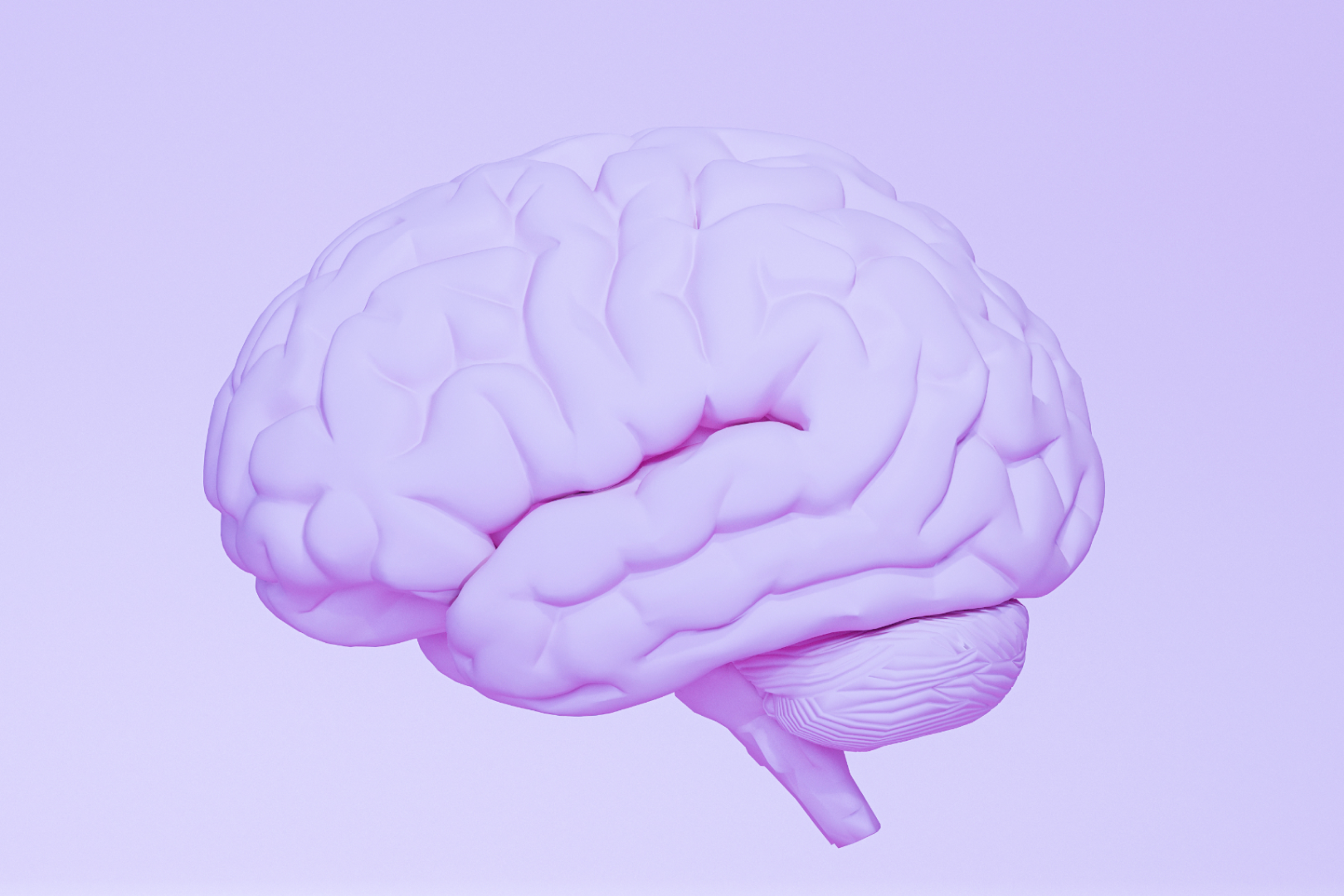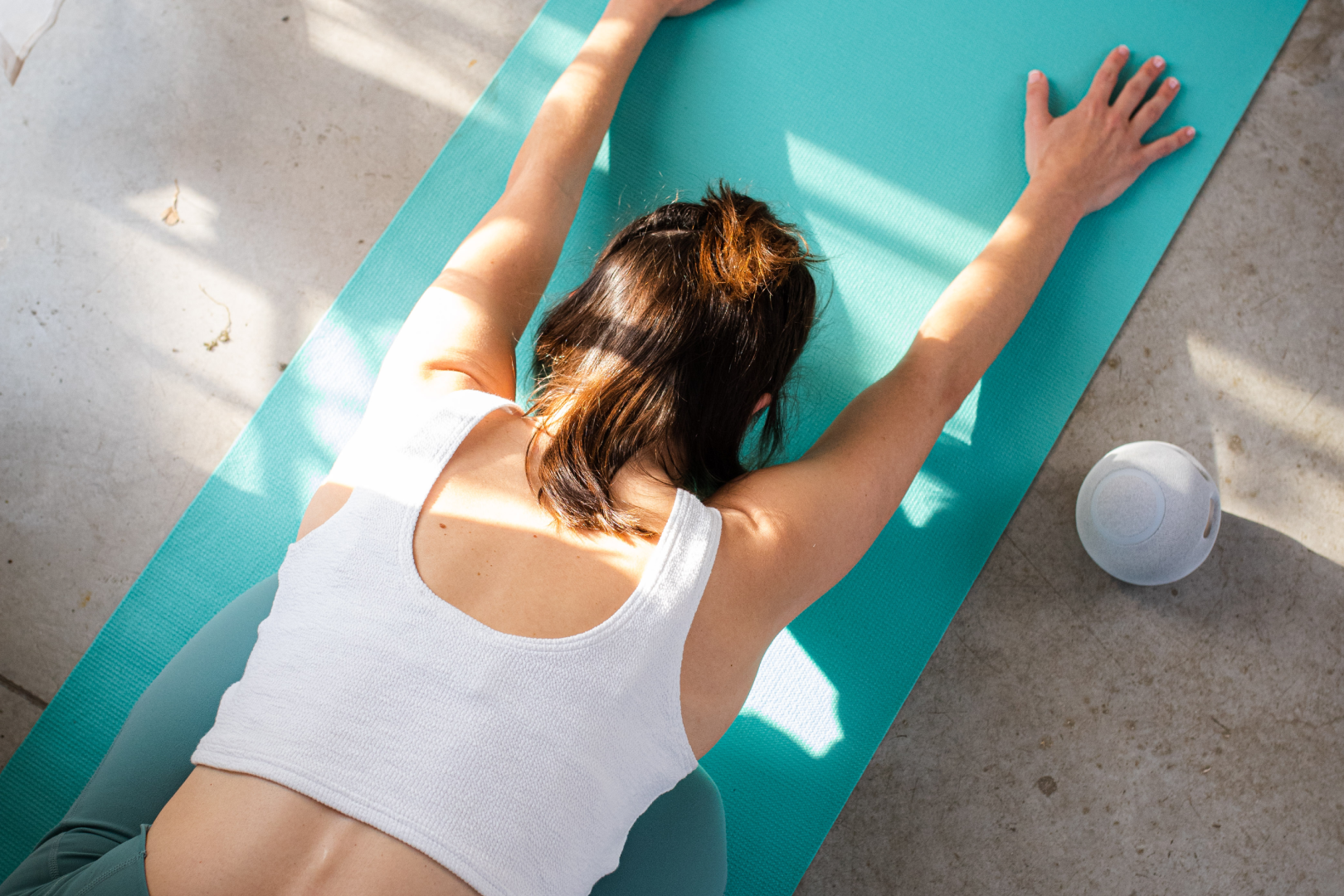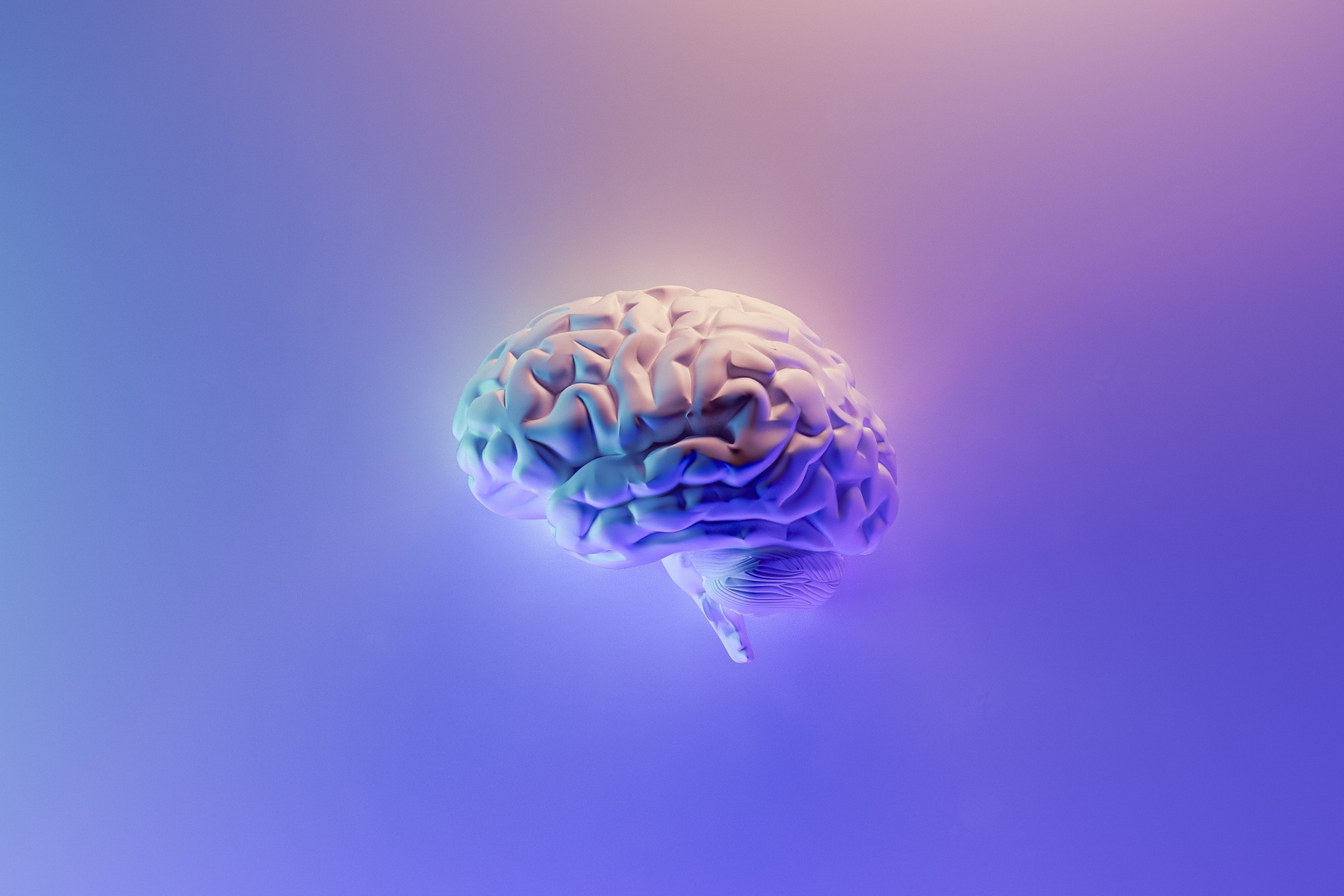Sleep is a hot-button issue because it affects us all.
One in ten people suffer from chronic insomnia. One in three will have insomnia at some point. Even 20% of pre-teens have some insomnia symptoms.
A good night’s sleep is one of life’s pleasures. There is no better feeling than waking up refreshed, alert, and positive.
Besides the feel-good effect, sleep is an essential mechanism for health. During sleep, the body undergoes healing and repair. Although it is not understood exactly why or how, sleep helps to rewire the brain, process information and reduce ‘clutter’, making way for better mental health.
People who sleep better are more equipped to deal with the challenges of the day, more resilient in the face of hardship, and better at navigating relationships with others and the world around them.
In short, healthy sleep should be one of your top goals. Sleep biofeedback can help you achieve it.
What is Sleep Biofeedback?
Sleep biofeedback is a technique in which physiological functioning is tracked in real time during sleep. Various biomarkers can be used to indicate when the body and mind is stressed, and when it is relaxed.
With sleep biofeedback, the individual can monitor and pinpoint how the mind and body state are impacting sleep, and practice relaxation and meditation techniques to improve sleep.
Sleep biofeedback can be very helpful in breaking the cycle of stress that disrupts sleep, and help to enhance sleep quality overall.
Key Components of Sleep Biofeedback
Sleep is a full-body experience – all physiological systems are involved. From the brain to the heart, muscles, breathing, and even the skin surface, the entire body is a ‘map’ for sleep biofeedback. Here are the key measurements that sleep biofeedback typically focuses on:
Heart Rate Variability (HRV)
The heart adapts all the time to changes in the external and internal environment. During physical or emotional exertion or stress, it naturally beats faster. When you are relaxed, your heart rate typically goes down.
Heart Rate Variability (HRV) is a measure of the variation in time intervals between consecutive heartbeats. Small changes in HRV, which are detectable only with specialized detection devices, can provide a picture of how efficiently your nervous system is reacting to stress and change.
Higher HRV means that there is more variability in time between heartbeats, indicating that the body’s response is working more effectively. On the other hand, low HRV means that the autonomic nervous system's adaptability to stressors is sluggish.
As a marker for sleep quality, higher HRV during sleep is associated with better sleep overall. When the nervous system response is good, then you are more likely to be able to relax and sleep more soundly, and the body's ability to transition between sleep stages will be smoother too.
Sleeping heart rate variability provides real-time feedback that reflects the state of the autonomic nervous system during sleep, which directly impacts sleep quality. With this information, individuals can try various techniques to modify their HRV and enhance sleep, such as stress management and relaxation techniques.
Unlike breathing rate or even heart rate, the individual can not ‘feel’ the changes to HRV – these are very small and undetectable without monitoring devices. However, including HRV in sleep biofeedback will provide a deeper level of understanding about your sleep patterns and what you can do to achieve a more relaxed state and better sleep.
Electroencephalography (EEG)
The brain is a hive of non-stop electrical activity, reflected in brain waves. When you are alert and focused, the brain wave frequency will be higher; when you are relaxed and meditative, it will be lower. When you are fast asleep, then the associated brain waves will be lower still. EEG measures this electrical activity in the brain in real time.
During sleep, there are variations in brain wave activity, depending on the stage of the sleep cycle. For example, during REM (rapid eye movement) sleep, which is when dreaming occurs, the brain is more active, and brain wave activity can even resemble a wakeful state. During the deepest stages of sleep, when body repair and healing occurs, the brain produces delta waves, which are the lowest frequency.
In sleep biofeedback, EEG monitors brain wave activity in real time, allowing individuals to receive immediate feedback on their sleep patterns. The EEG data provides insights into how the brain is functioning at different stages throughout the night.
Techniques such as cognitive-behavioral therapy, neurofeedback, or meditation can help individuals regulate brain activity and improve sleep-related conditions such as insomnia, disrupted sleep, wakefulness, and morning fatigue.
Temperature Regulation
Temperature regulation is key for healthy sleep. The body's core temperature naturally fluctuates throughout the sleep-wake cycle, reaching its lowest point during the early stages of sleep and rising gradually before waking. This is part of the functioning of the circadian rhythm, which plays a crucial role in sleep quality. Disruptions to the circadian rhythms can have a big impact on the ability to fall and stay asleep.
When an individual is too hot or too cold, core body temperature is affected and sleep is disrupted. Even small and unnoticeable fluctuations in core body temperature have an impact on sleep quality.
Monitoring temperature via real-time biofeedback can help individuals understand how temperature is affecting their circadian rhythms and make adjustments to their sleep environment and routines. This may mean optimizing room temperature with a fan or heater, adjusting bedding or sleepwear, and relaxation techniques that calm the nervous system and support temperature regulation.
Maintaining an appropriate sleep environment that aligns with the body's natural temperature variations makes it easier to fall asleep and stay asleep. This is good sleep hygiene, and a recommended component of a sleep biofeedback program.
Muscle Tension
Relaxation is a precursor of healthy sleep. People who are suffering from stress or anxiety may have a hard time falling asleep, staying asleep, or having good quality, restful sleep. Muscle tension is an indicator of physical or mental stress, and monitoring muscle tension before and during sleep is a helpful way to build awareness of how stress may be impacting sleep.
Sleep biofeedback for muscle tension acknowledges the impact of physical relaxation on sleep quality. Electromyography (EMG) is commonly used to measure muscle activity and tension. Real-time feedback on muscle tension allows individuals to identify areas of heightened stress and practice techniques to reduce stress and encourage relaxation. Techniques such as progressive muscle relaxation, deep breathing, or guided visualizations can help to alleviate muscle tension and promote a more relaxed state conducive to sleep.
Respiratory Biofeedback
Healthy breathing patterns during sleep can be the difference between a good or bad night. Proper breathing function helps keep the body and brain well oxygenated, promoting a calm, relaxed state that supports sleep.
In sleep biofeedback, respiratory sensors are used to measure things like breathing rate and snoring patterns in real time. It helps to detect abnormalities, such as irregular breathing, shallow breathing, or even sleep apnea, and understand how these may be contributing to poor sleep.
Biofeedback strategies can include exercises to promote diaphragmatic breathing, deep breathing, or breathing meditations aimed at improving respiratory efficiency and relaxation during sleep.
Galvanic Skin Response (GSR)
The skin is highly sensitive to stress. The functioning of sweat glands is influenced by the sympathetic nervous system, over which the individual has no conscious control. When a person is nervous, their palms may become sweaty, or their face flushed. The sweat gland activity increases, helping to prepare the body to cope with the perceived threat.
Galvanic skin response is a measure of skin conductance, or electrodermal activity, which indicates minuscule changes in sweat gland activity that can be detected on the skin.
In sleep biofeedback, GSR serves as a marker to assess stress and arousal levels during sleep. Elevated GSR indicates periods of increased physiological arousal, which may be disrupting the sleep cycle. Individuals can train the mind and body with relaxation techniques, breathwork, cognitive-behavioral strategies, or mindfulness meditation to regulate arousal levels, reduce or stabilize GSR, and create a more conducive physiological state for healthy sleep.
Take Back Your Sleep Power
With biofeedback tools for better sleep, individuals can take back control and create a personalized, proactive plan to address the stress-related factors that may be affecting their sleep. The Reflect biofeedback device is specifically designed for self-use in the comfort of your home, so you can practice sleep biofeedback even in your own bed.
Just place your hands on the orb and the device detects biomarkers to help you understand your stress levels in real time. Then you can practice relaxation and meditation techniques to guide your mind and body towards calm and improve your sleep quality over time.
Good sleep is like a superpower. Once you experience optimal sleep, you will discover the benefits of increased energy, alertness, emotional regulation, and improved physical health. And you will never look back!
